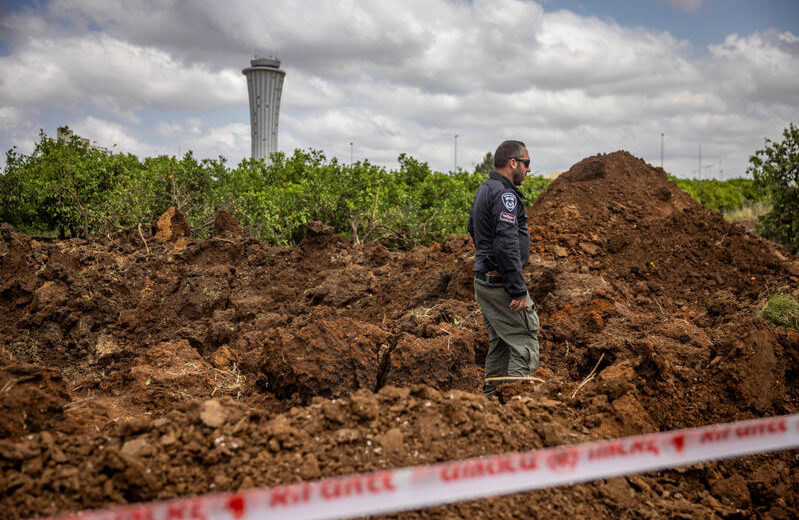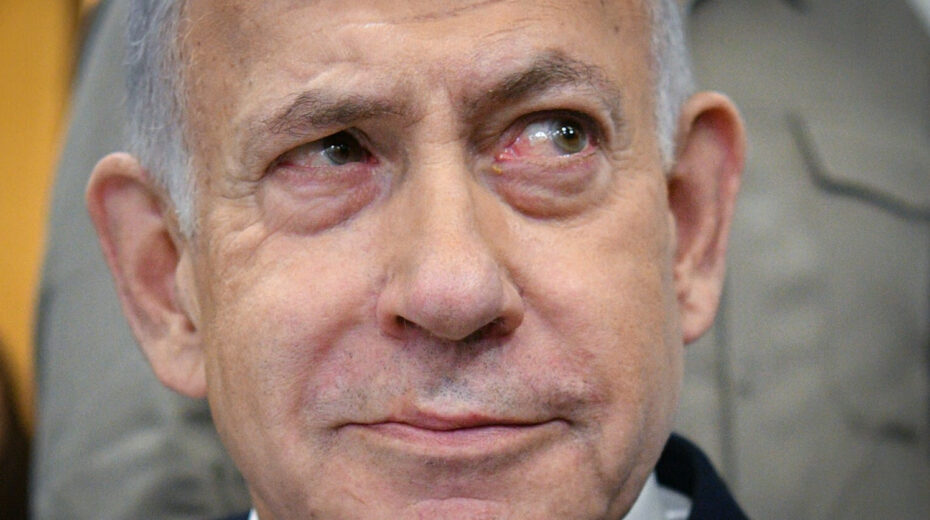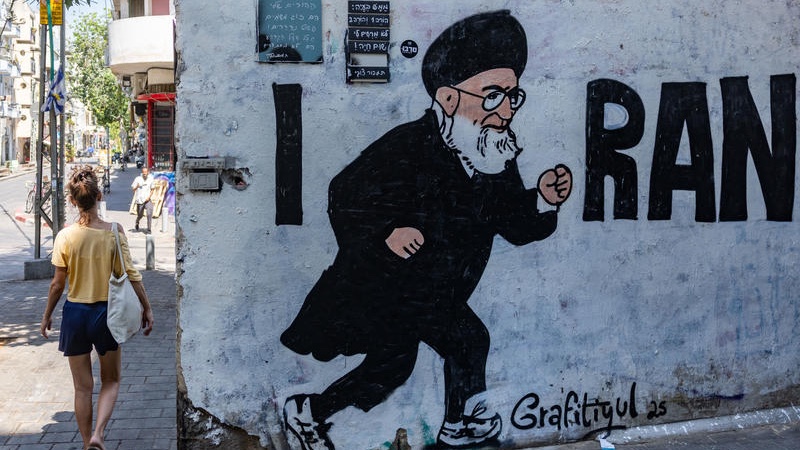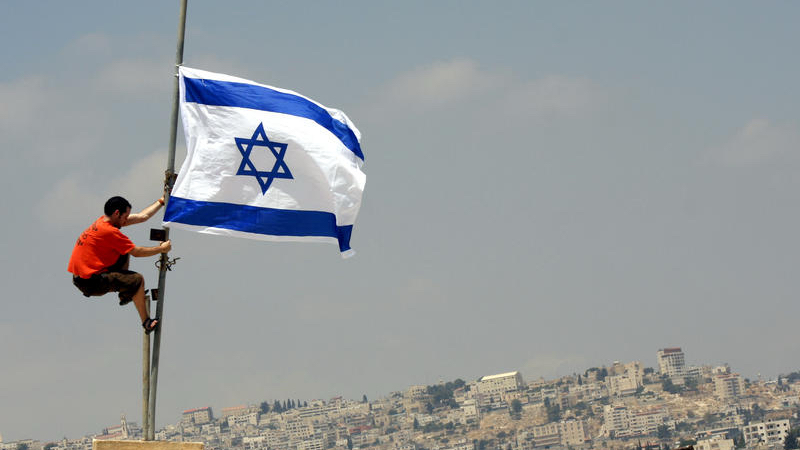The reports on the intelligence failures that preceded the Swords of Iron war are expected to include a significant section on the Houthis. For nearly a decade, a new military threat to Israel had been building in Yemen. But it received little attention, as greater concern was placed on perceived more immediate threats such as Iran, Hezbollah and Hamas.
Though the Houthis were occasionally mentioned in defense briefings and assessments, it was mostly in passing. Despite Israel’s awareness of the Houthis’ long-range capabilities, many were caught off guard when the group launched dozens of missiles and drones at Israel, and increased their rate of fire over time.
According to Israeli military data, out of the dozens of missiles fired at Israel, about 45 penetrated Israeli airspace, including more than 25 of since mid-March, when the Israel Defense Forces resumed combat in the Gaza Strip.
Throughout the prolonged fighting, Israeli air defense achieved phenomenal interception rates, over 90%. But as repeatedly proven during the war, no defense system is perfect. The few that get through can cause significant damage.
Two weeks ago, a Yemeni missile that eluded both the US THAAD system and Israel’s Arrow platform left a massive crater at Israel’s main international airport. It was a significant psychological win for the Houthis and led dozens of foreign airlines to suspend flights to Israel indefinitely.
Contrary to Houthi claims, the missiles they fire at Israel are not hypersonic and lack special maneuvering abilities. But interception systems can still fail for a variety of reasons.
Iran’s testbed
To understand how one might counter the Houthi threat, it is useful to revisit the group’s roots and how it came to power.
The Houthis are an extremist Shi’ite movement from Yemen’s northern Saada Province, formed in part due to neglect by the Yemeni government and growing Shi’ite zealotry inspired by the Iranian revolution. Yemen lacks advanced Western-style communication and IT infrastructure, and the Houthis live simply, relying on far-flung tribal networks.
The group promotes a vehemently anti-Western ideology, with the slogan: “Death to America, death to Israel, curse the Jews, victory to Islam.”
Like Hamas and Hezbollah, the Houthis operate a civilian wing that claims to provide public services, alongside an armed faction that has grown into a de facto army.
They began rising up against the local government in 2004. The subsequent harsh crackdown only strengthened them. The Arab Spring in 2011 gave them further momentum, and by the end of 2014, they had seized Sanaa, Yemen’s capital, and become the de facto ruling force in northern Yemen.
From 2015 to April 2022, the Houthis fought a coalition of Sunni Arab states led by Saudi Arabia and the United Arab Emirates, which sought to restore Yemen’s former Sunni government. Throughout the conflict, Iran provided the Houthis with substantial financial aid and massive quantities of ammunition, personal weapons, missiles and drones, effectively using Yemen as a testing ground for its military hardware.
During those seven years of war, the Houthis launched missiles and drones at Saudi Arabia, targeting both civilian and military infrastructure. Some of those missiles had ranges of up to 1,200 kilometers (750 miles).
‘More urgent threats‘
Israel mostly observed the developments from afar. Some red flags did appear, especially after major attacks on Saudi and Emirati targets, such as a March 2021 strike on Aramco oil facilities. The very next day, Iran’s Islamic Revolutionary Guard Corps made veiled threats linking the Houthi attack to a possible strike on Eilat. The message was clear: The Houthis could serve as an Iranian proxy against Israel.
After the fighting with the Arab states ended, the Houthis retained a substantial arsenal of drones, cruise missiles and long-range ballistic missiles. Some in Israel warned that once the Houthis finished their war against Saudi Arabia, they would turn their weapons on Israel.
In June 2022, then-Defense Minister Benny Gantz said the Houthis were amassing dozens of such weapons in violation of international arms embargoes. Less than a month before Oct. 7, 2023, the Houthis unveiled a long-range missile believed by most analysts to be intended for Israel. Still, gathering intelligence on the Houthis remained a low priority, overshadowed by Iran, Hezbollah and Hamas.
Some believe that, like Hamas and Hezbollah, the Houthis can only be defeated with “boots on the ground,” an option Israel is unlikely to consider.
Local anti-Houthi forces in Yemen cannot succeed without broad external backing.
Another approach under consideration is to strike Iran, which funds and arms the Houthis. But that may not stop the rocket fire on Israel, as the Houthis are not directly subordinate to the Iranian regime.
The bottom line is that no one in Israel is optimistic the Houthi missile threat can be stopped by military force alone. The frequent air raid sirens sending millions of Israelis into bomb shelters may continue as long as the Houthis choose to keep firing missiles.
Want more news from Israel?
Click Here to sign up for our FREE daily email updates














